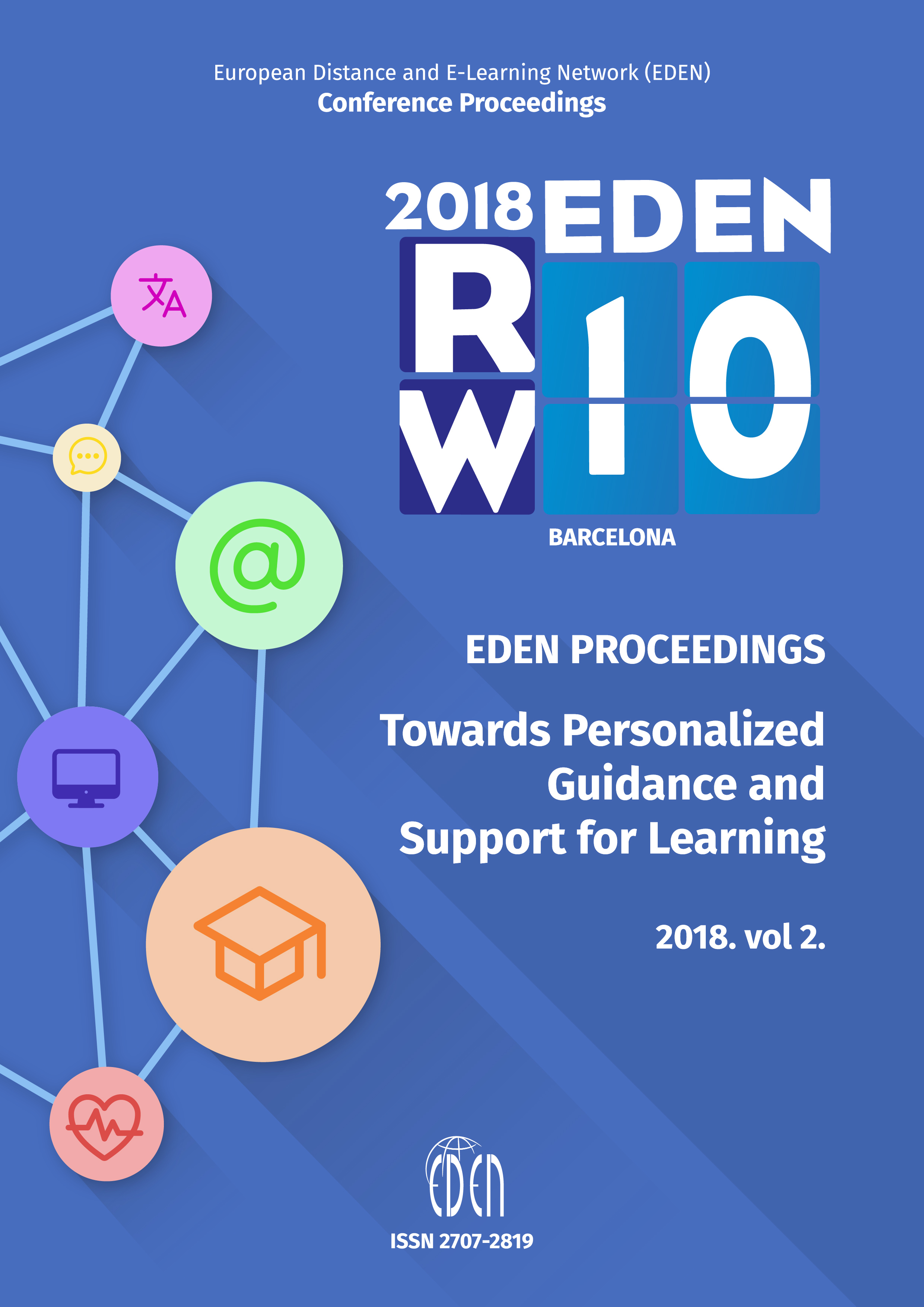Oscar and Niamh two MOOC Animation Robots: How did Learners Respond?
Oscar and Niamh two MOOC Animation Robots: How did Learners Respond?
Author(s): Sally Mhic Dhomhnaill, Mairead Nic Giolla MhichilSubject(s): Social Sciences, Education, Higher Education
Published by: European Distance and E-Learning Network
Keywords: Language education; Learning effectiveness, improvement of learning experience; MOOCs
Summary/Abstract: There has been an increased shift in the use of digital technologies as educators recognise the many benefits in pedagogy that these technologies provide. With learning occurring within a social context and higher cognitive activity taking place from social interactions, educators are building relevant opportunities for learners to interact not only with content but also with the instructor and other learners (Dunlap & Lowenthal, 2009; Vygotsky, 1978). The purpose of this study was to explore learner responses to the integration of two animation robots in a language learning MOOC. The literature relating to learning in MOOCs indicate that student engagement is a prerequisite for online learning and that social, cognitive and teacher presence leads to increased engagement levels (Hew, 2016; Garrison, Anderson, & Archer, 2000). Data was analysed from the course statistics and comments of a language MOOC titled Irish101: Introduction to Irish Language and Culture and four distinct themes emerged in capturing engagement levels of learners: course content, technical assistance/how to do support, recommendations/sharing of resources and course facilitators/course itself. The findings indicate a good response by learners within the MOOC and it they also underpin the importance of teacher presence to support learners (Kop & Fournier, 2011)
Journal: European Distance and E-Learning Network (EDEN) Conference Proceedings
- Issue Year: 2018
- Issue No: 2
- Page Range: 15-21
- Page Count: 7
- Language: English

